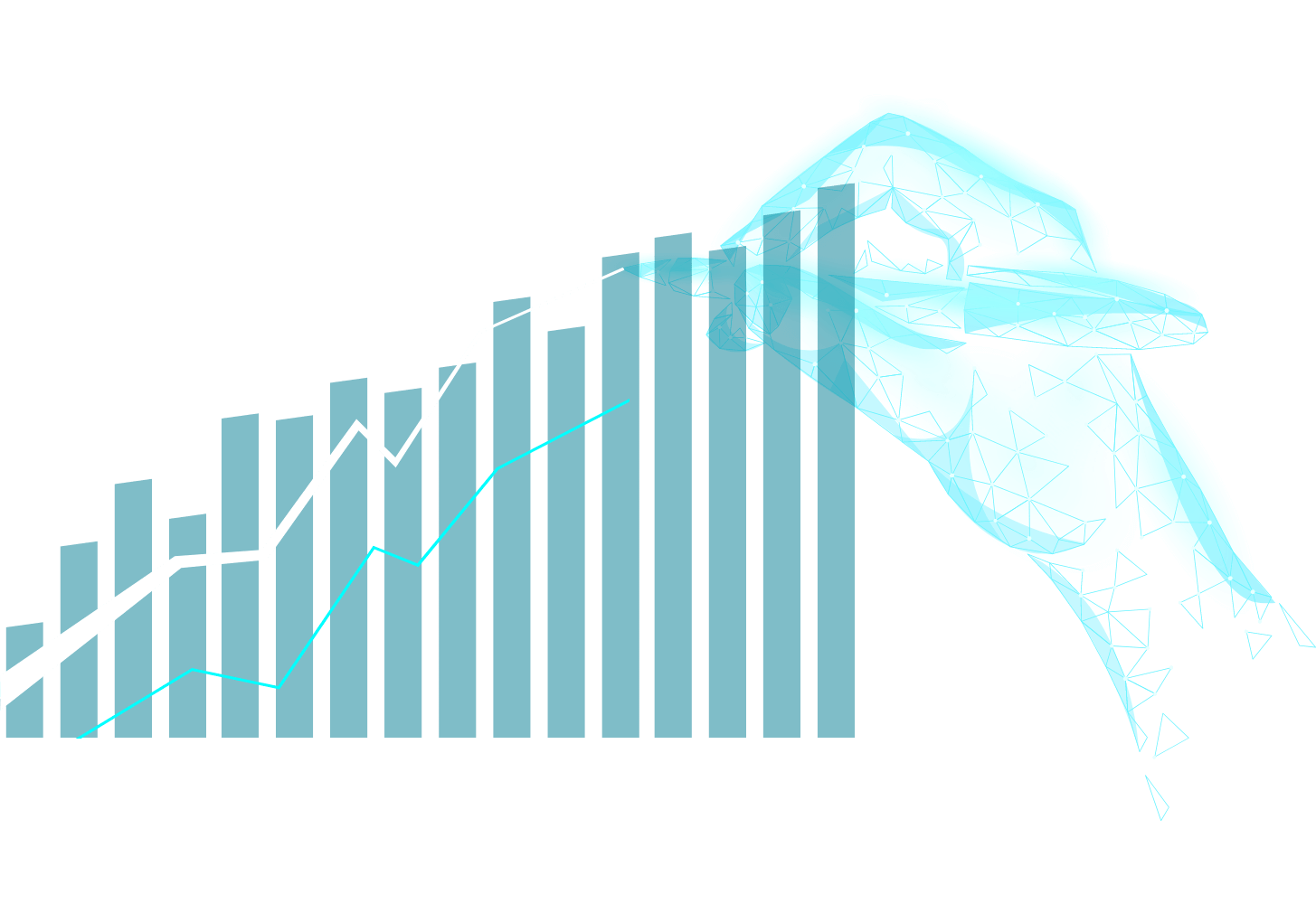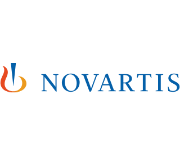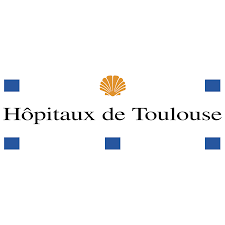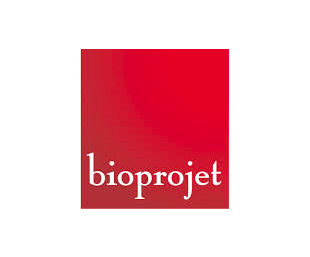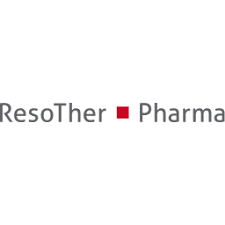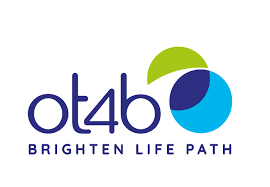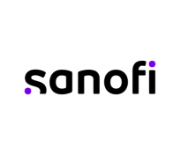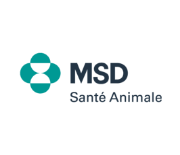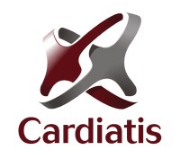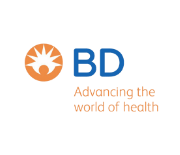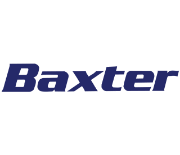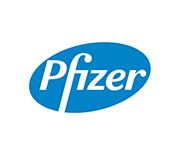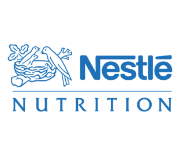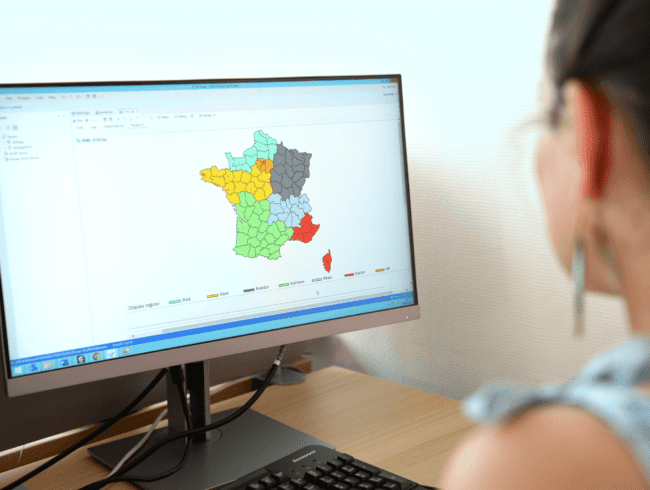
From Biostatistics to Data Science
A particularly mastered methodological approach allows the team to take part in any development project and to take care of any type of analysis.
The programming of the statistical analysis is carried out with SAS® and ATLANSTAT has a bank of validated standard SAS programs for a greater operational reactivity.
From a Statistical Analysis Plan (SAP) written or not within the company and after reception of a database, the Biostatistics team produces a derived database. If necessary, our team, expert in CDISC, can follow the standards of the ADaM (Analysis Dataset Model) structure and provide the necessary files for the FDA submission (.xpt files, define.xml, reviewer’s guide).
ATLANSTAT also develops meta-analysis programs and can develop less classical statistical models that can explain unexpected results.
Data science is part of our business!

A mastered biostatistical process
- Drafting of the statistical part of the protocol and calculation of the number of subjects required in conjunction with the ATLANSTAT clinical operations team and/or the client.
- Drafting of the Statistical Analysis Plan: It exhaustively details the statistical analysis strategy of the project, including :
- Specifications of the statistical models used
- Specifications of the analysis populations
- Management of missing values, outliers and other data issues
- Data derivation rules
- Mock table templates by type of item
- Data review meeting:
- Review data to finalise each analysis population
- Review derived statistical variables (missing values, abnormal values …)
- Finalise the Statistical Analysis Plan
- Finalise the schedule for the next programming steps
- Programming and validation of derived data: having a single source of analysis data facilitates the programming of results tables and their validation. They are calculated from the raw data.
- Programming and validation of Tables, Figures and Listings: statistical results are produced by SAS programs in tables, figures or listings as specified in the Statistical Analysis Plan. Independent double programming of the results can be done.
- Statistical report writing

Testimony of the team
As a biostatistician, I can be given several tasks. First of all, there may be a part related to the drafting of statistical documents such as the drafting of the statistical parts of a study protocol or the writing of a Statistical Analysis Plan (SAP) allowing to describe the analyses that will be performed during the study.
There may then be a statistical programming part using SAS software that allows us to obtain the Tables, Figures and Listings (TFLs) planned in the SAP. These TFLs must follow a design previously established with the client entrusting us with the study.
Finally, communication is essential between ATLANSTAT’s teams and the client in order to successfully complete the project. The management of deadlines, the good understanding of the client’s requests and the resolution of issues related to the study are also an integral part of the missions I am assigned.
What I like about this job is the fact that the tasks are different every day. Furthermore, following a study from start to finish, i.e. from the setting up of patient follow-up to the writing of the clinical study report, allows you to be fully involved in the study and to have a global vision of the project, in short, it is very fulfilling.
